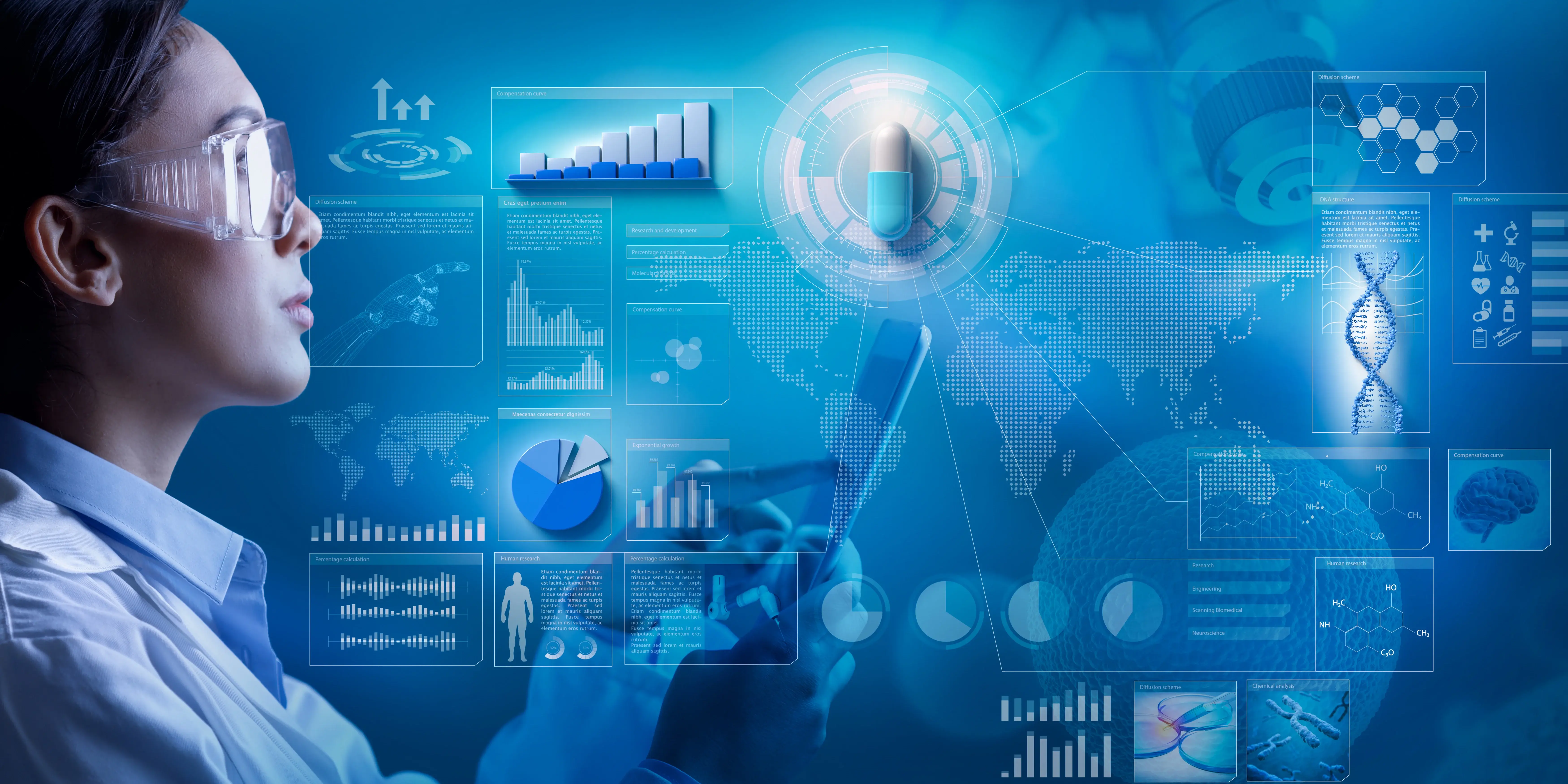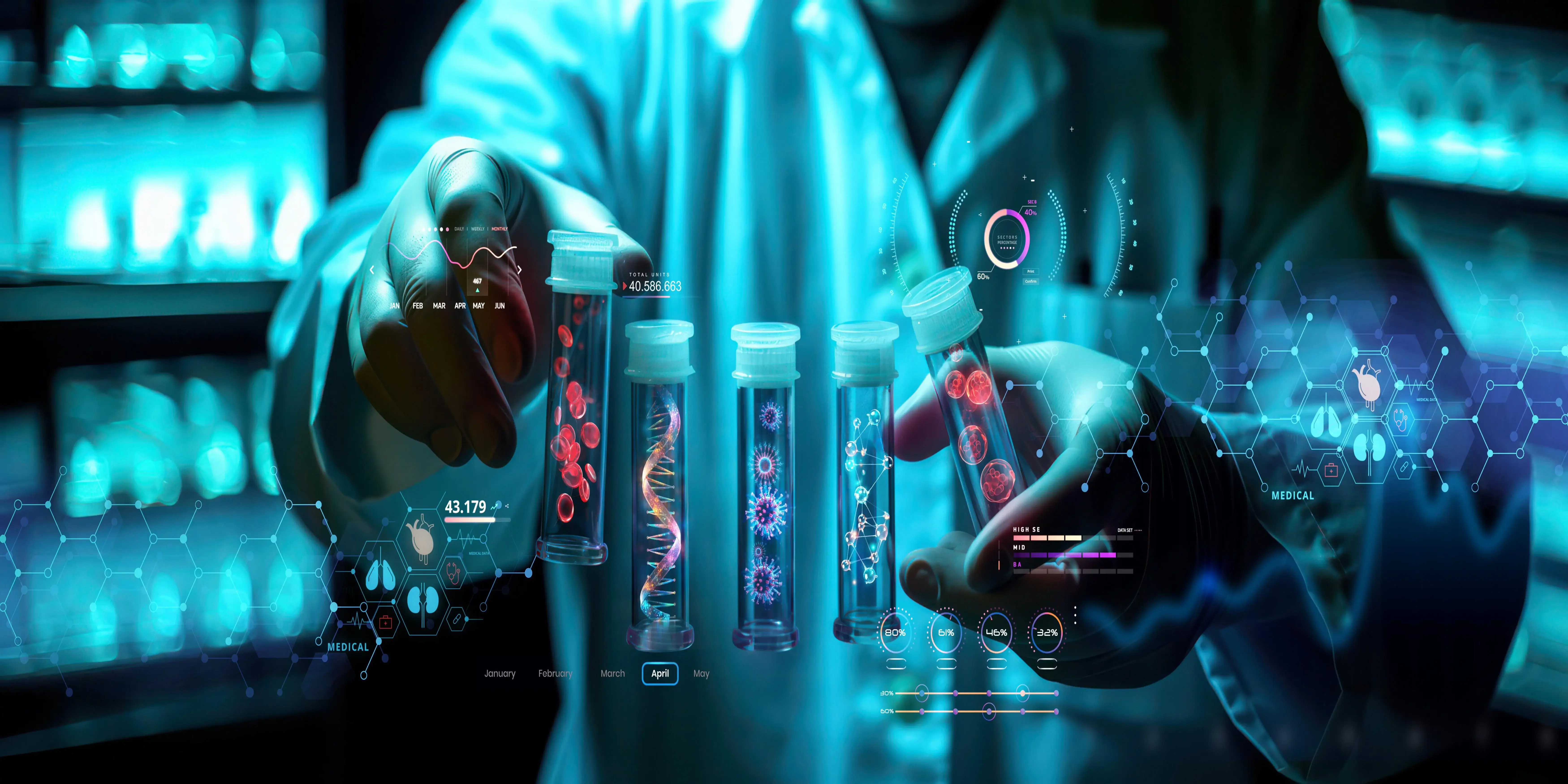Specimen collection forms the core procedure in both clinical diagnostics and research activities. High-quality specimens that result from an accurate, reliable specimen collection process are necessary for accurate laboratory results. The blog discusses guiding principles in collecting specimens; the implications of these practices and the action steps in the proper handling of specimens to minimize diagnostic errors.
Understanding Specimen Collection
What is specimen collection
It refers to the process of bringing biological materials, urine, and tissue, among other human fluids into the laboratory for diagnosis or research purposes. Proper specimen collection thus implies that the test results will be true and accurate.
Why Is Specimen Collection Important
Specimen collection should be able to observe all the principles to ensure that the collected sample will not contaminate or otherwise reflect any other form of the patient's condition. Results from a standard protocol deviation can sometimes be misleading and lead to possible misdiagnosis or inappropriate treatment.
Key Principles of Specimen Collection
Principle 1: Patient Identification
The process of identifying the patient begins first in the specimen collection. It ensures that the correct specimen of the patient is collected to avoid mix-ups that may lead to diagnosis errors. Every patient should be identified through at least two unique identifiers of which two include the name and date of birth before specimen collection occurs.
Principle 2: Use of Sterile Techniques
Prevent contamination of the specimen by using a sterile procedure. This includes proper use of PPE, sterilized devices, and aseptic techniques that prevent contaminants from outside the environment from interfering with your specimen.
Principle 3: Labeling Properly
Accurate and traceable labeling of the specimen is very important to avoid mistakes in the processing aspect. The labels must include the following: patient's full name, identification number, date, and time of collection. Moreover, the type of specimen, which could be blood, urine, etc., must be marked clearly.
Principle 4: Proper Specimen Containers
Specimen containers: Samples should be kept under proper conditions and they should be suitable for tests in case the right specimen containers are available. Different specimens have different types of containers; for example, blood samples should be in anticoagulant tubes while urine samples should be in aseptic containers. The containers should be leakproof and well-labeled.
Steps Involved in Specimen Collection
Preparation of Equipment
Equipment preparation. Before collecting the specimen, ensure that all equipment to be used is ready, including sterile gloves, specimen containers, syringes, swabs, and proper PPE. Pre-arranging everything is less complicated and therefore easier to handle.
Patient Preparation
Patients should be duly informed about the procedure that shall be used in specimen collection. It should be clearly communicated if the patient is to prepare for anything, such as fasting or hydration before any collection is done. Anticipation of patient's concerns or questions beforehand will help calm the patient and increase their compliance.
Specimen Collection
Specimen collection requires actual practice by sterile techniques to ensure a minimum amount of distress on the patient while achieving the maximum quality of the sample. This includes venipuncture for blood samples; and sterile swabs for bacterial cultures and may extend to urine, stool, or sputum collection, as needed.
Common Errors in Specimen Collection
Patient Identification Mistake
The most common mistake during specimen collection would be the identification of patients. It results in the wrong diagnosis or wrong treatment. This potential mistake could be minimized by double-checking the information about patients before their collection.
Wrong Collection Methods
The technique itself might be inappropriate where the equipment was not clean and sterile, or the specimen had been contaminated or degraded through mishandling. Only superior standards of training and protocol adherence would be able to realize such superior standards of collecting practices.
Incorrect Labeling
Incorrect or inadequate labeling may lead to the wrong results being associated with a patient. Labels always must be double-checked to ensure that all the information is correct and legible.
Delay in Transport
In the case where specimens cannot be preserved for long in the original site, in case transport is delayed to the laboratory, it will definitely impair their quality because most of the specimens are of blood and tissue which deteriorate within a certain period. Thus timely and proper transport in controlled conditions will ensure specimen integrity.
Conclusion
Specimen collection is one of the most crucial steps in medical diagnostics and research. Key principles that should not be forgotten include patient identification, sterile techniques, proper labeling, and proper handling of specimens. Best practices for ensuring quality specimens are always applied and common blunders are avoided. Healthcare providers will succeed in making reliable and accurate laboratory diagnoses if they follow the best practices provided.



